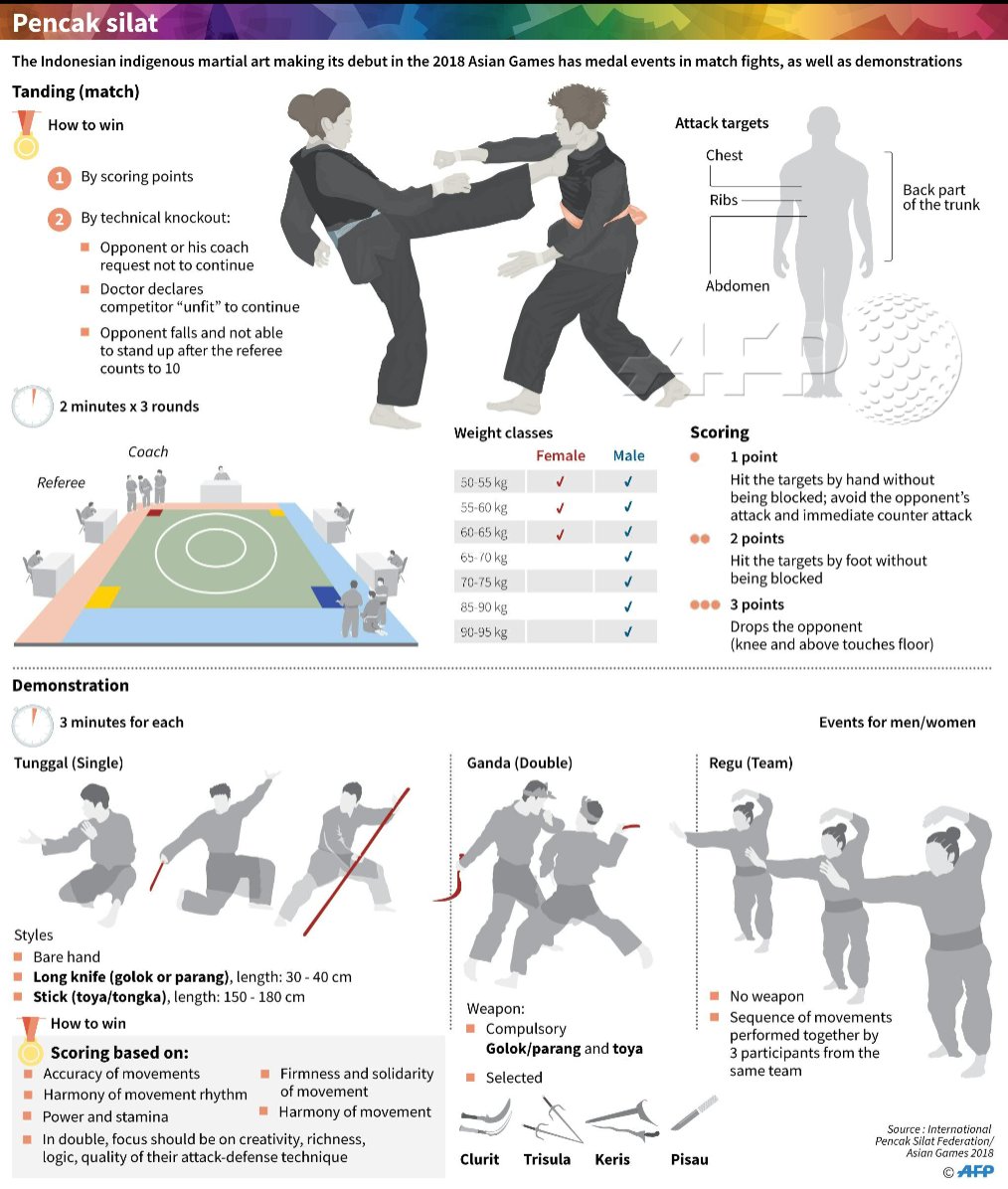Exploring The Rich Heritage And Spiritual Dimension Of Fighting Style: A Thorough Assessment
Exploring The Rich Heritage And Spiritual Dimension Of Fighting Style: A Thorough Assessment
Blog Article
Developed By-Barber Wall
Step into the old globe where martial arts were born out of necessity in diverse areas. Cultures crafted special fighting styles linked with historic contexts. Techniques evolved over centuries through dedicated practice and cultural exchanges. martial arts academy , contemporary martial arts blend standard components for optimal efficiency. Philosophically, martial arts highlight technique, self-improvement, and harmony. Regard, humbleness, and balance are fundamental principles guiding experts towards development and resilience. Discover the midsts of this rich history and philosophy to reveal the profound influences forming this long-lasting technique.
Beginnings of Fighting Style
Fighting style came from numerous regions around the globe, progressing as useful fight systems to defend against dangers. These ancient battling designs were developed out of need, with each culture crafting strategies fit to their unique environments and difficulties. From the grappling arts of Jujutsu in Japan to the striking techniques of Martial art in China, martial arts were deeply linked with the historic, social, and cultural material of their respective cultures.
In gary forbach kajukenbo , the samurai class refined martial arts like Kenjutsu, the art of the sword, which later developed into the extra promoted type of Kendo. Meanwhile, in Brazil, Capoeira became a blend of dancing and fight, created by enslaved Africans as a method to withstand oppression. Each martial art carries with it a rich history and approach, mirroring the worths and beliefs of individuals that practiced them.
As you look into the origins of martial arts, you reveal a tapestry of human resourcefulness, strength, and the stubborn spirit of warriors throughout time.
Evolution of Methods
With centuries of method and improvement, battle methods within numerous martial arts have actually undertaken a profound advancement. From ancient designs like Martial art and Karate to a lot more modern-day disciplines such as Brazilian Jiu-Jitsu and Krav Maga, the evolution of techniques has actually been driven by a mix of cultural influences, useful applications, and technical innovations.
One significant aspect of this evolution is the cross-pollination of strategies between various martial arts. For instance, methods from standard Japanese Jiu-Jitsu were included right into the development of Judo by Jigoro Kano in the late 19th century. https://turnto10.com/features/health-landing-page/health-check-kids/taekwondo-physical-education-robertson-elementary-school-first-grade-students-motor-skills-literacy-classes-june-15-2023 of styles has actually brought about the development of crossbreed martial arts like Mixed Martial Arts (MMA), which incorporate elements of striking, grappling, and entry strategies.
Additionally, the development of strategies has been formed by the raising emphasis on performance and performance in combat. Professionals have actually constantly looked for to improve their techniques through strenuous training, testing, and competitors, resulting in the advancement of very specialized and effective fighting styles. Generally, the advancement of methods in martial arts mirrors the vibrant nature of combat and the recurring quest for enhancement and development.
Philosophical Structures
Exploring the underlying thoughtful concepts of martial arts provides insight right into their core worths and leading ideas. At the heart of many martial arts techniques is the concept of self-control itself. By training your mind and body to serve as one natural device, you cultivate discipline that prolongs past the dojo or health club into day-to-day life. This technique encompasses respect, humility, and self-discipline, shaping not just your physical abilities however likewise your character.
One more fundamental thoughtful structure in martial arts is the concept of continuous self-improvement. The journey of understanding a fighting style is perpetual, with specialists constantly making every effort to much better themselves, both literally and mentally. This focus on development promotes resilience, willpower, and a development attitude that can be related to all aspects of life.
Moreover, martial arts stress the importance of harmony and balance. Strategies are developed to utilize an opponent's power versus them, highlighting the principle of yielding and rerouting pressure as opposed to meeting it head-on. This philosophy extends to social partnerships, promoting peaceful resolutions and mutual understanding. By accepting these philosophical structures, martial artists not just improve their fight skills but also grow a lifestyle centered on personal development, regard, and harmony.
Final thought
To conclude, the history and philosophy of martial arts provide a rich tapestry of custom, technique, and self-improvement.
Take for example the story of Bruce Lee, that reinvented martial arts by blending different styles and viewpoints to develop his very own distinct type of Jeet Kune Do.
With commitment and innovation, martial musicians remain to press borders and motivate others to reach their full capacity both in fight and in life.
